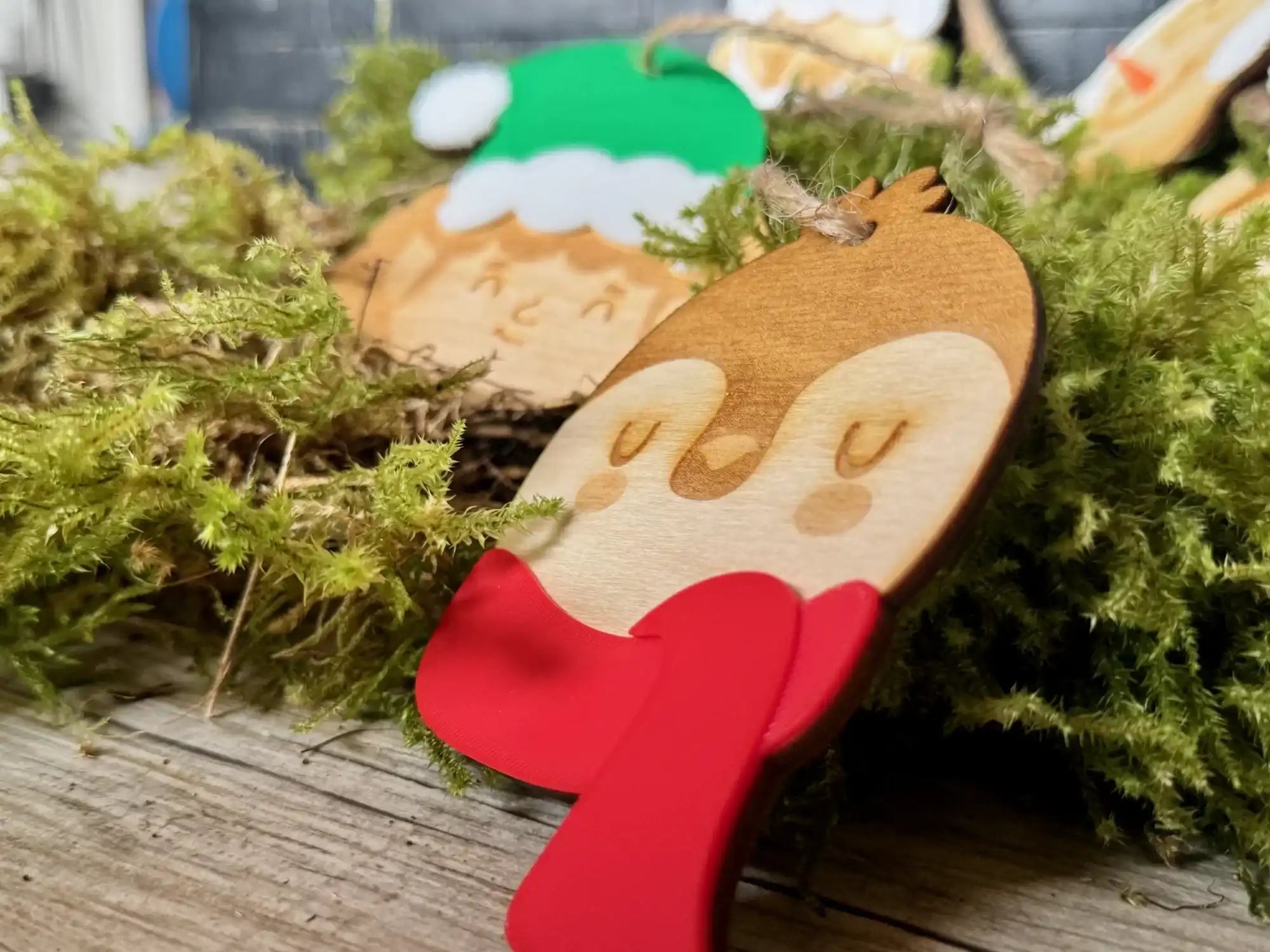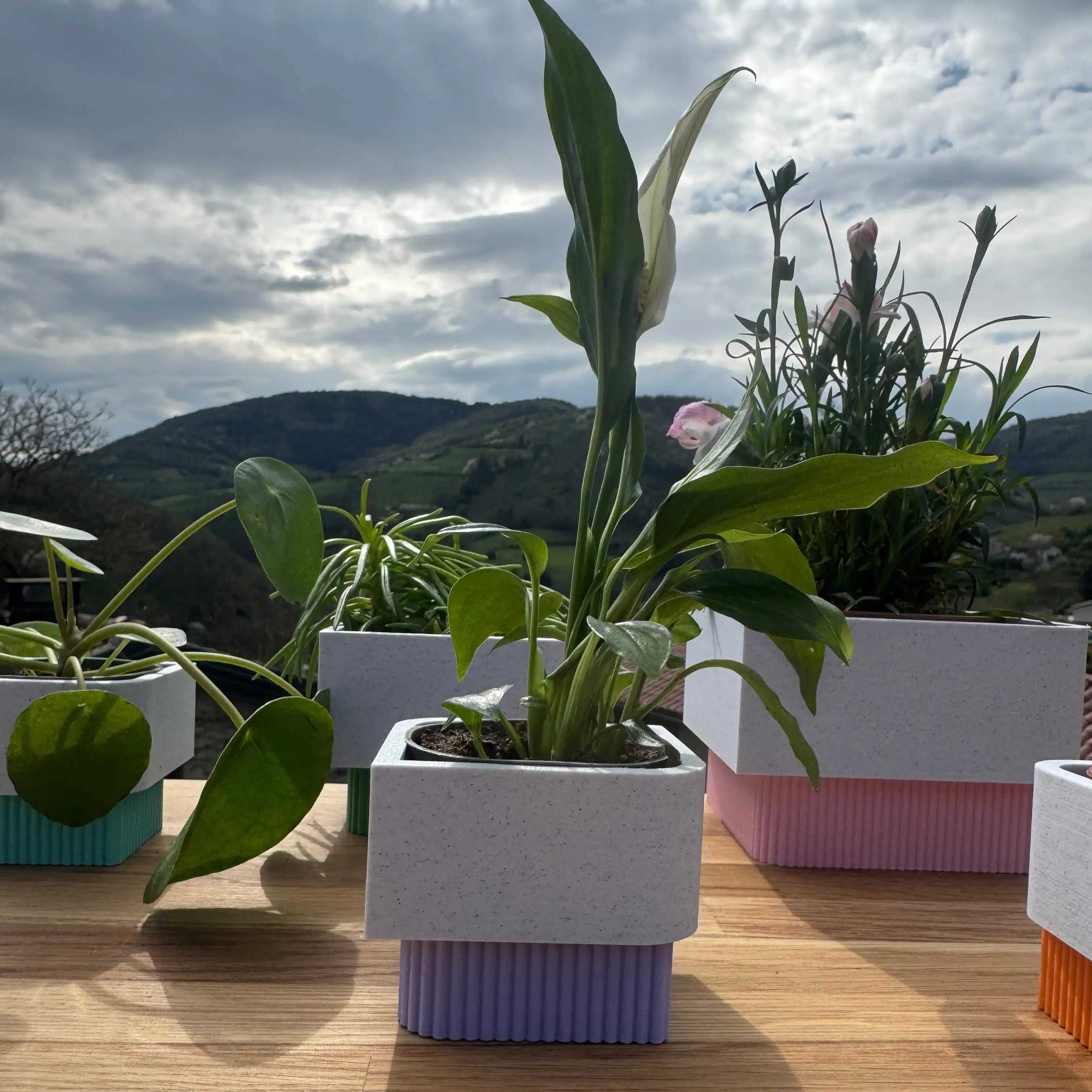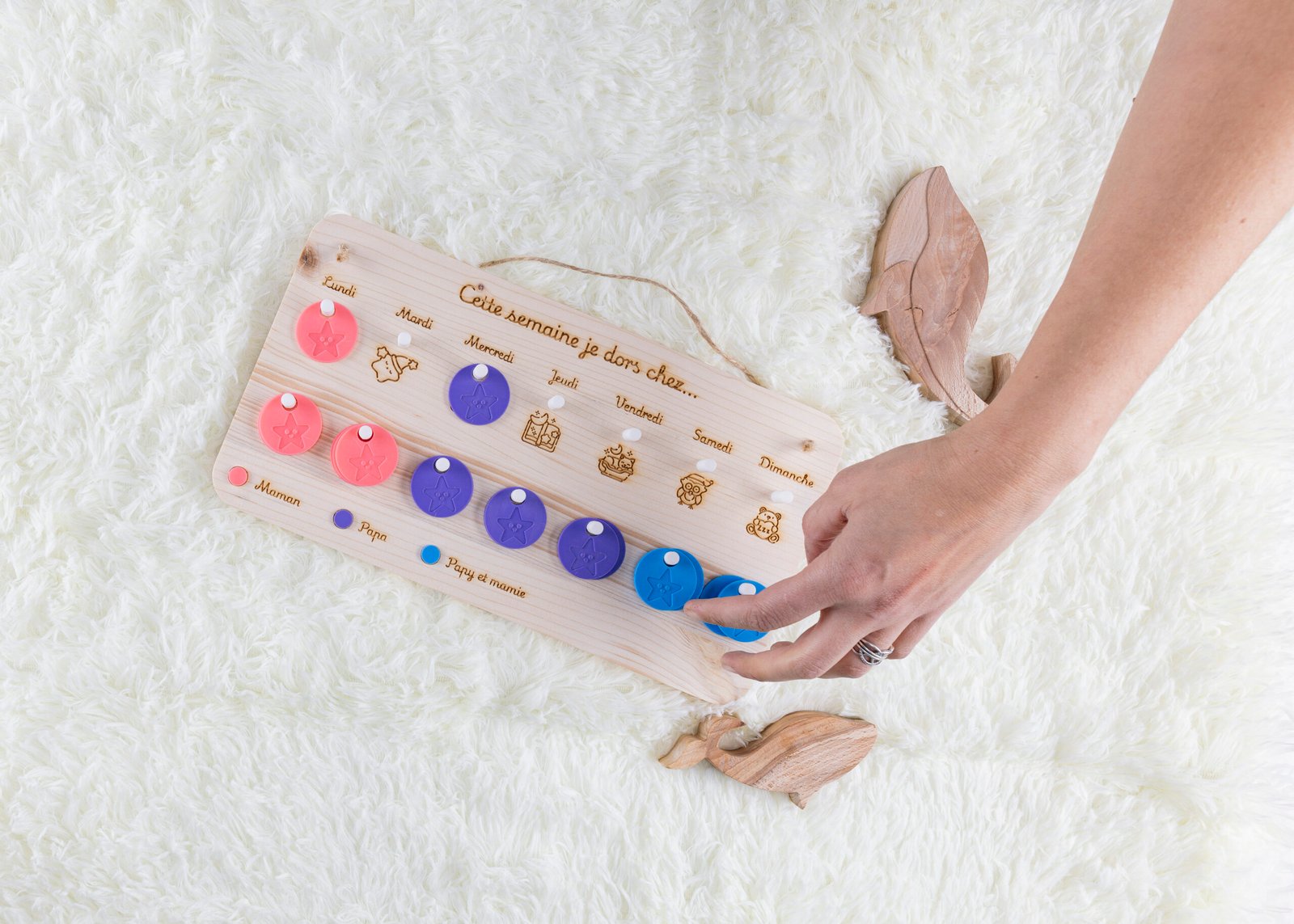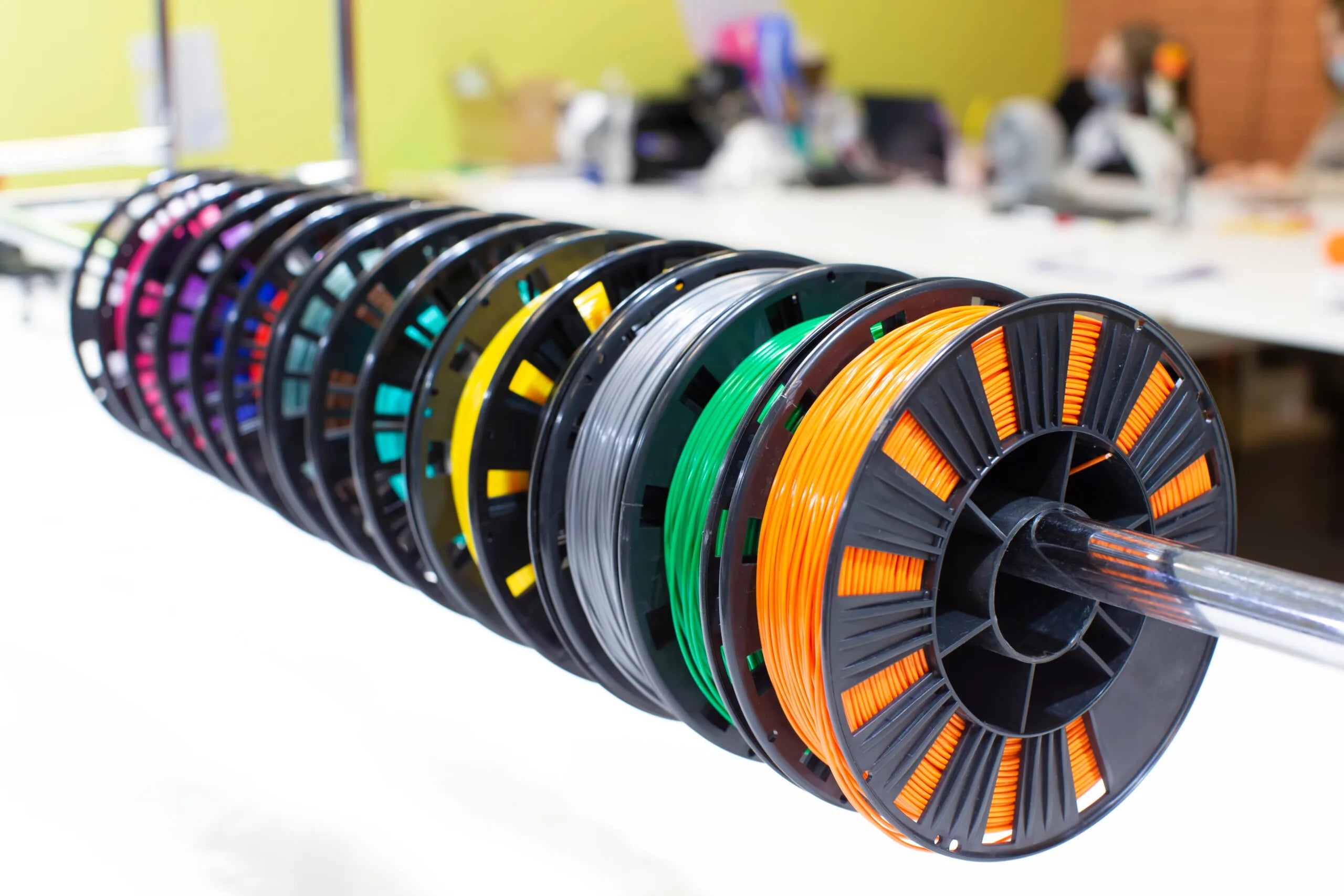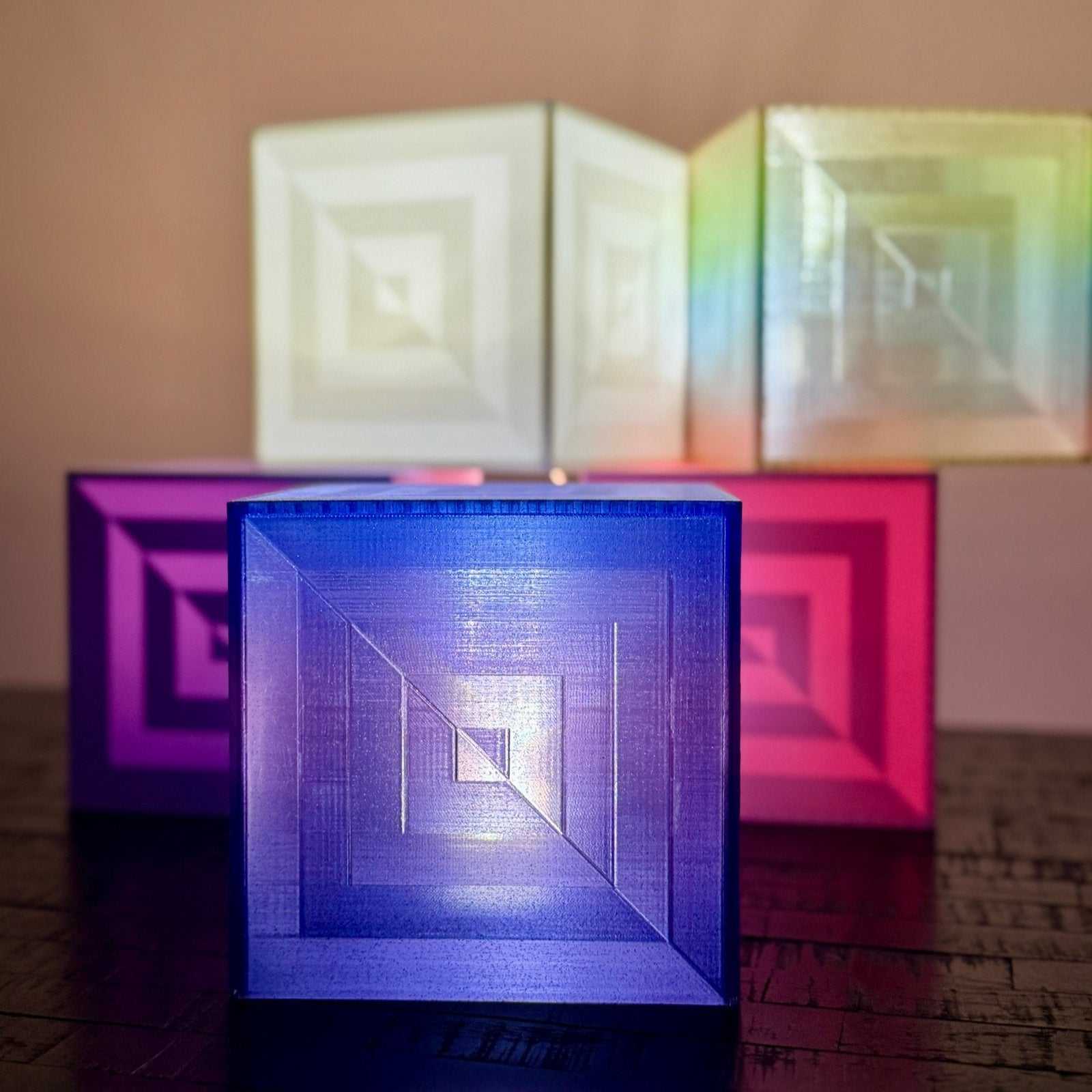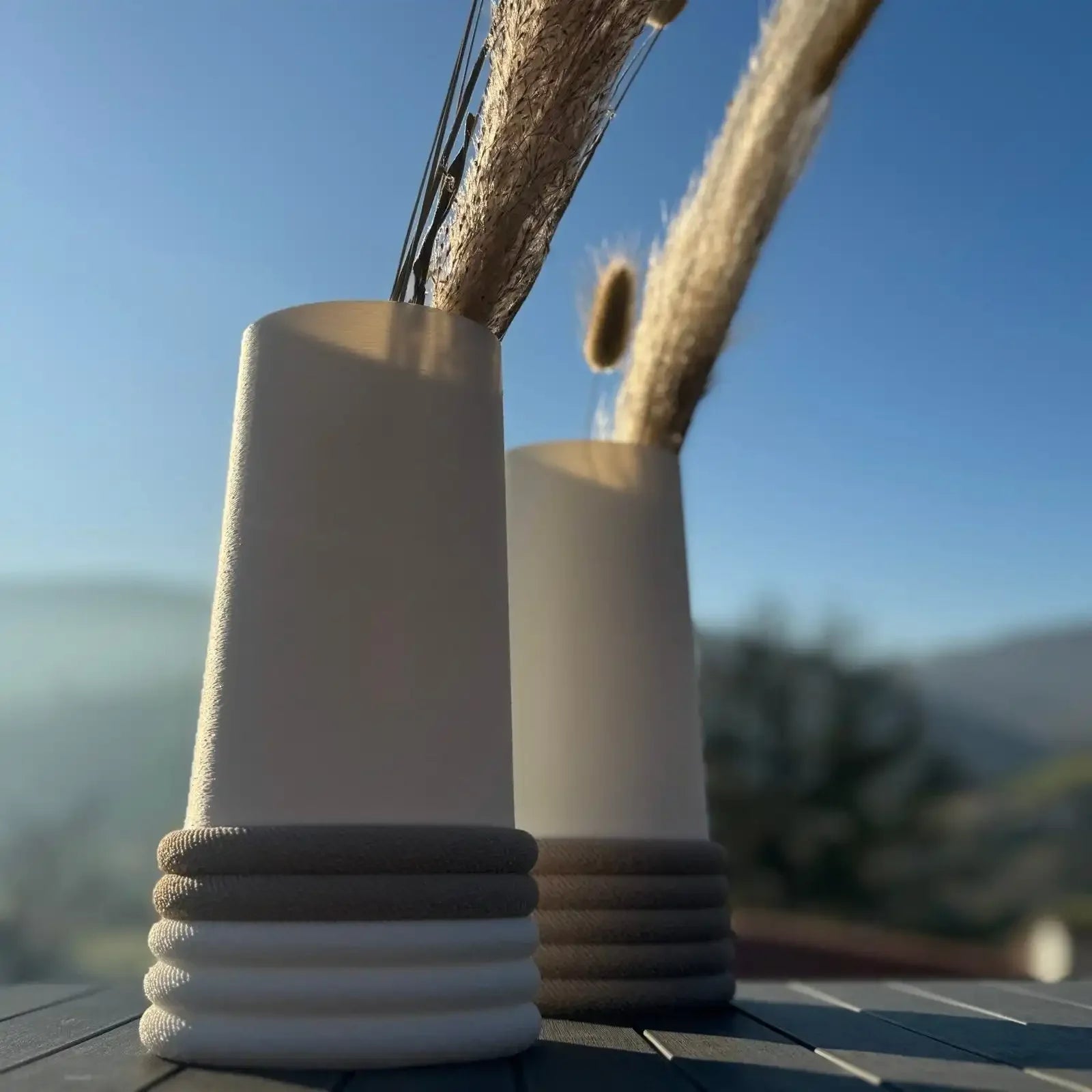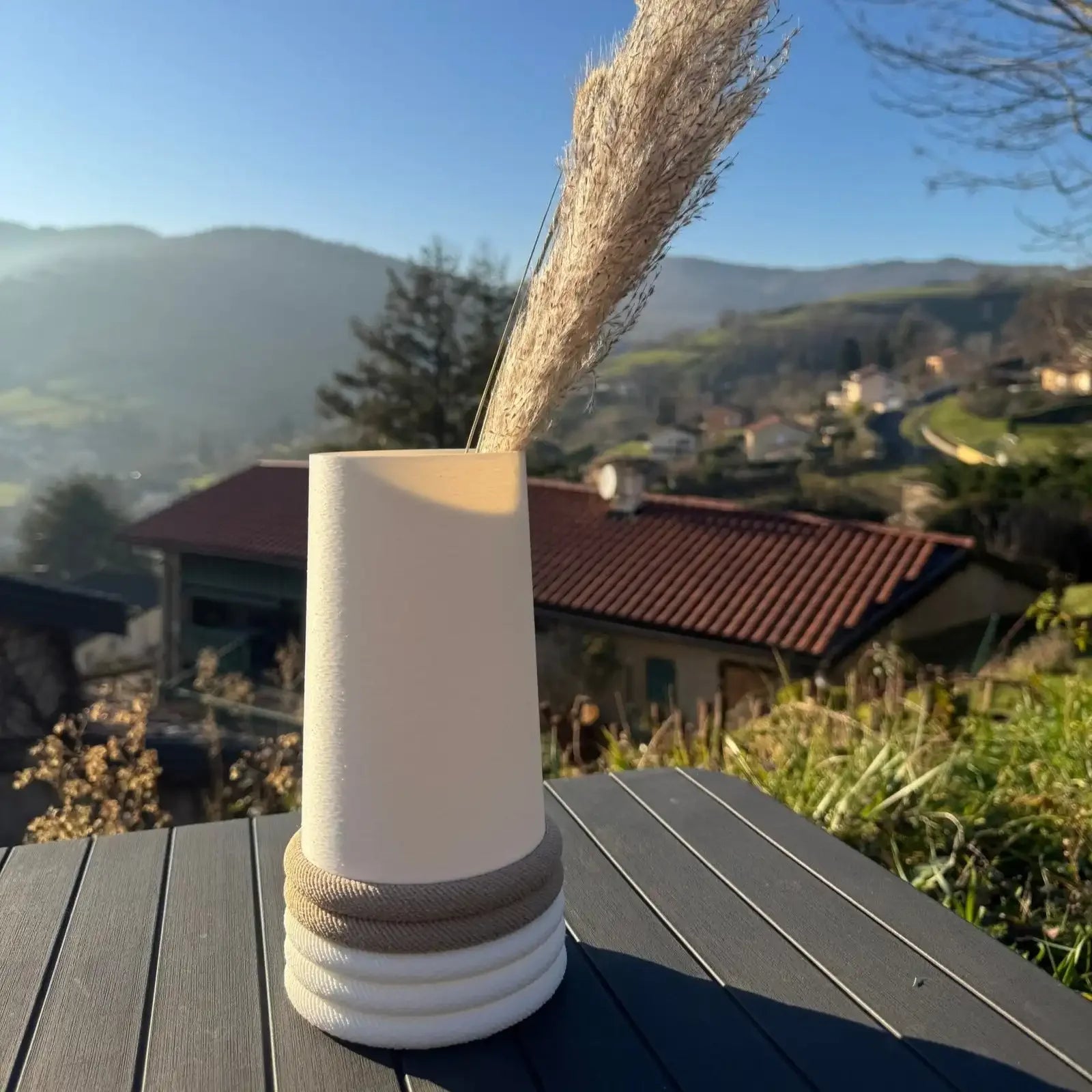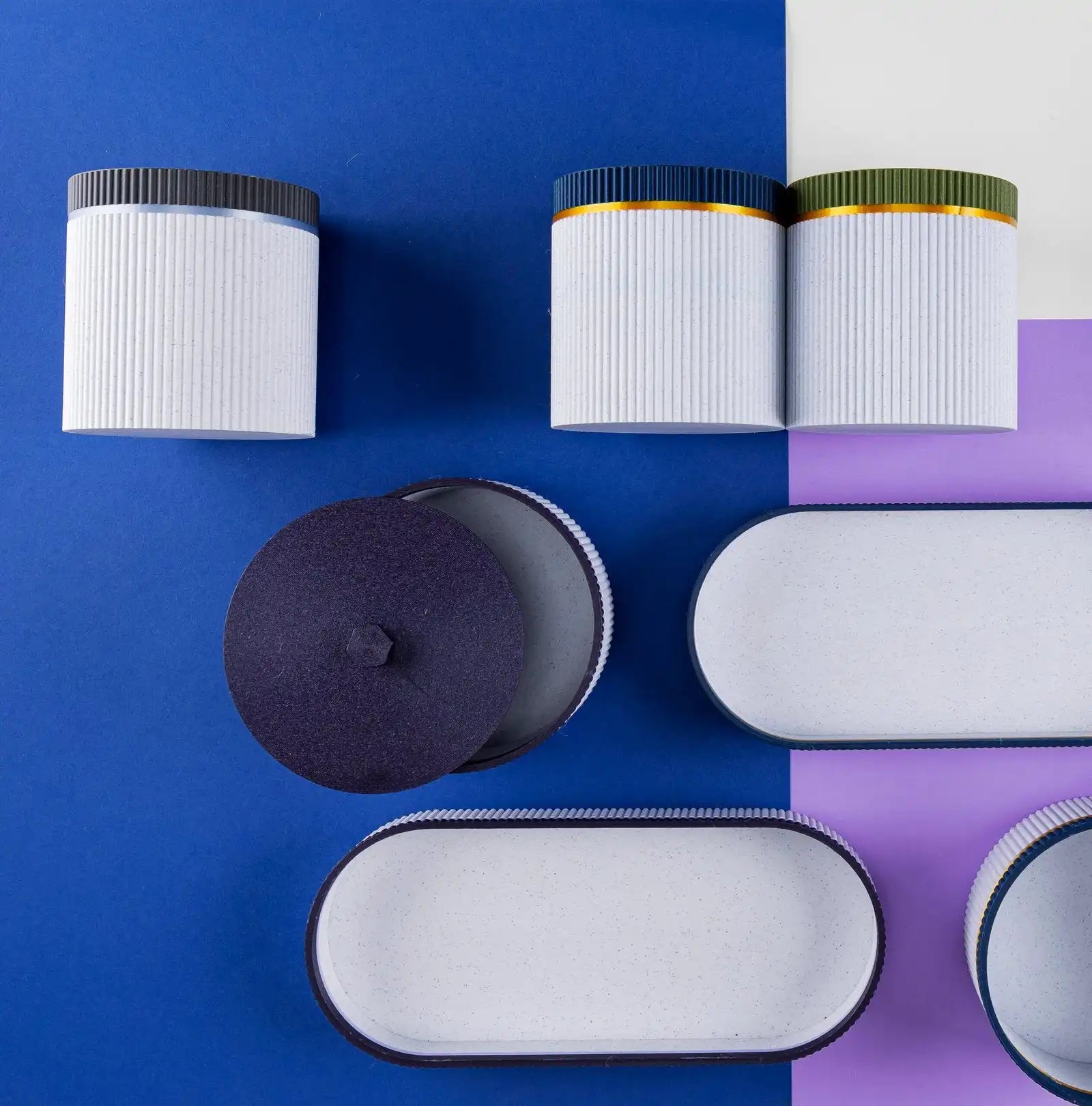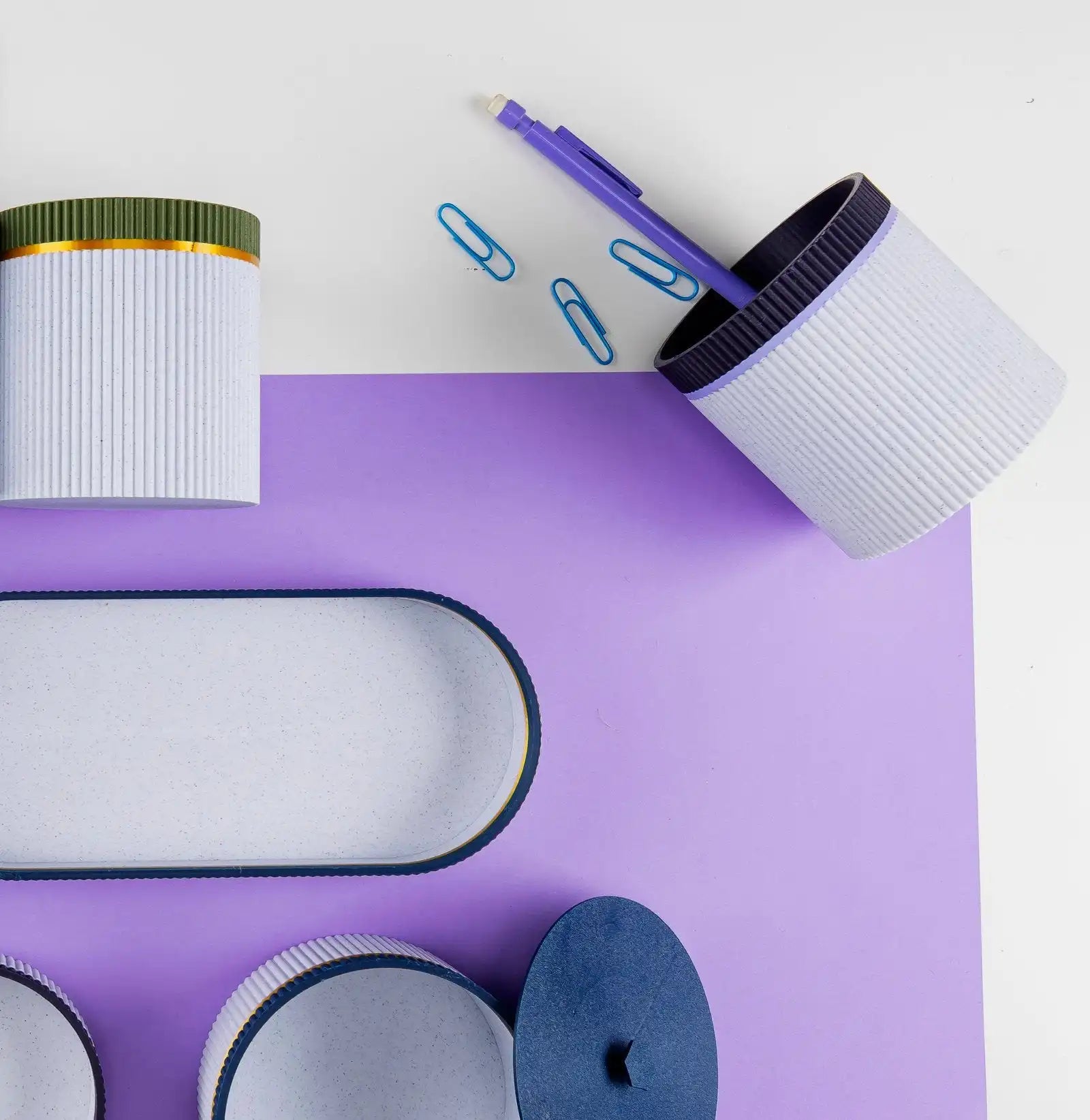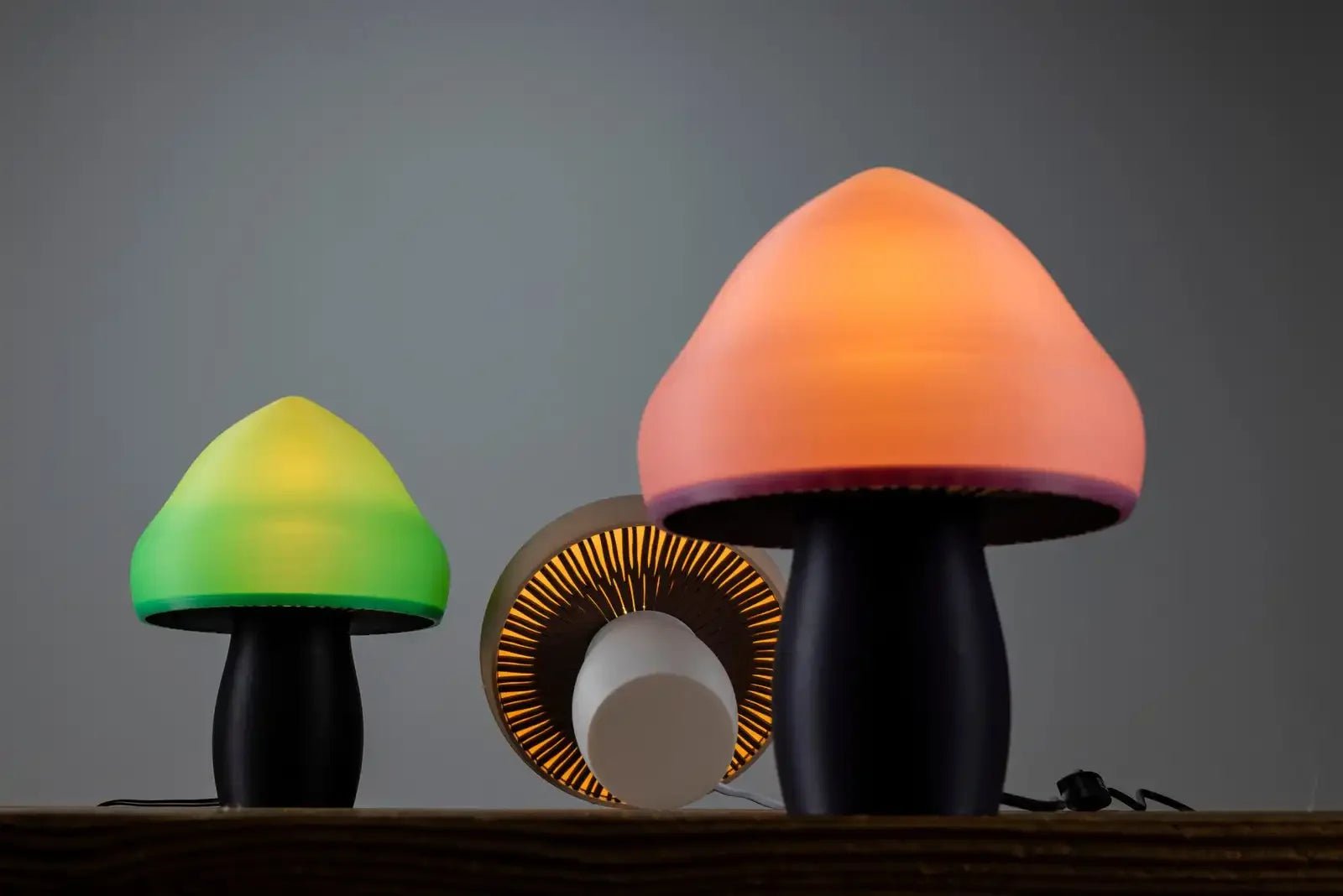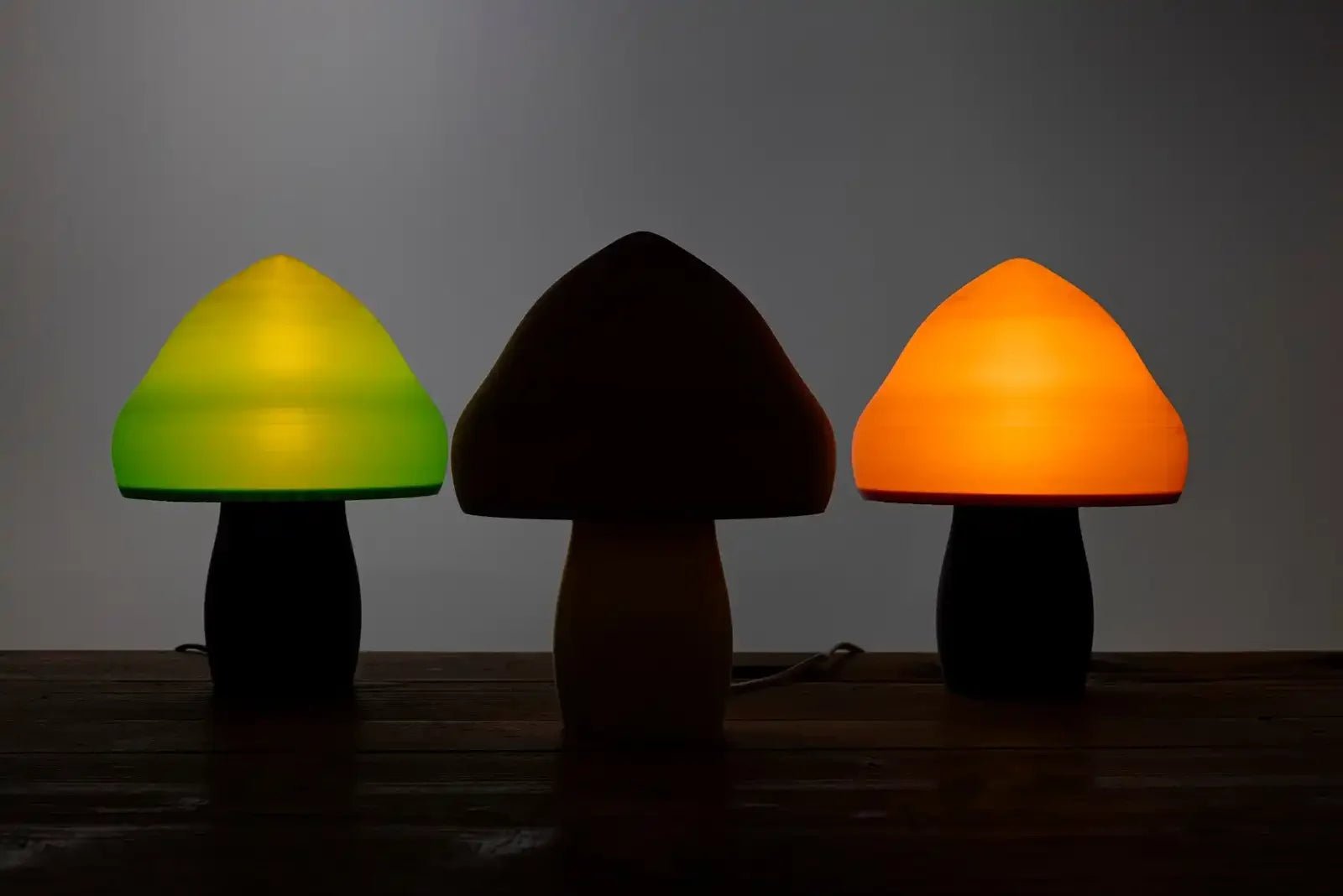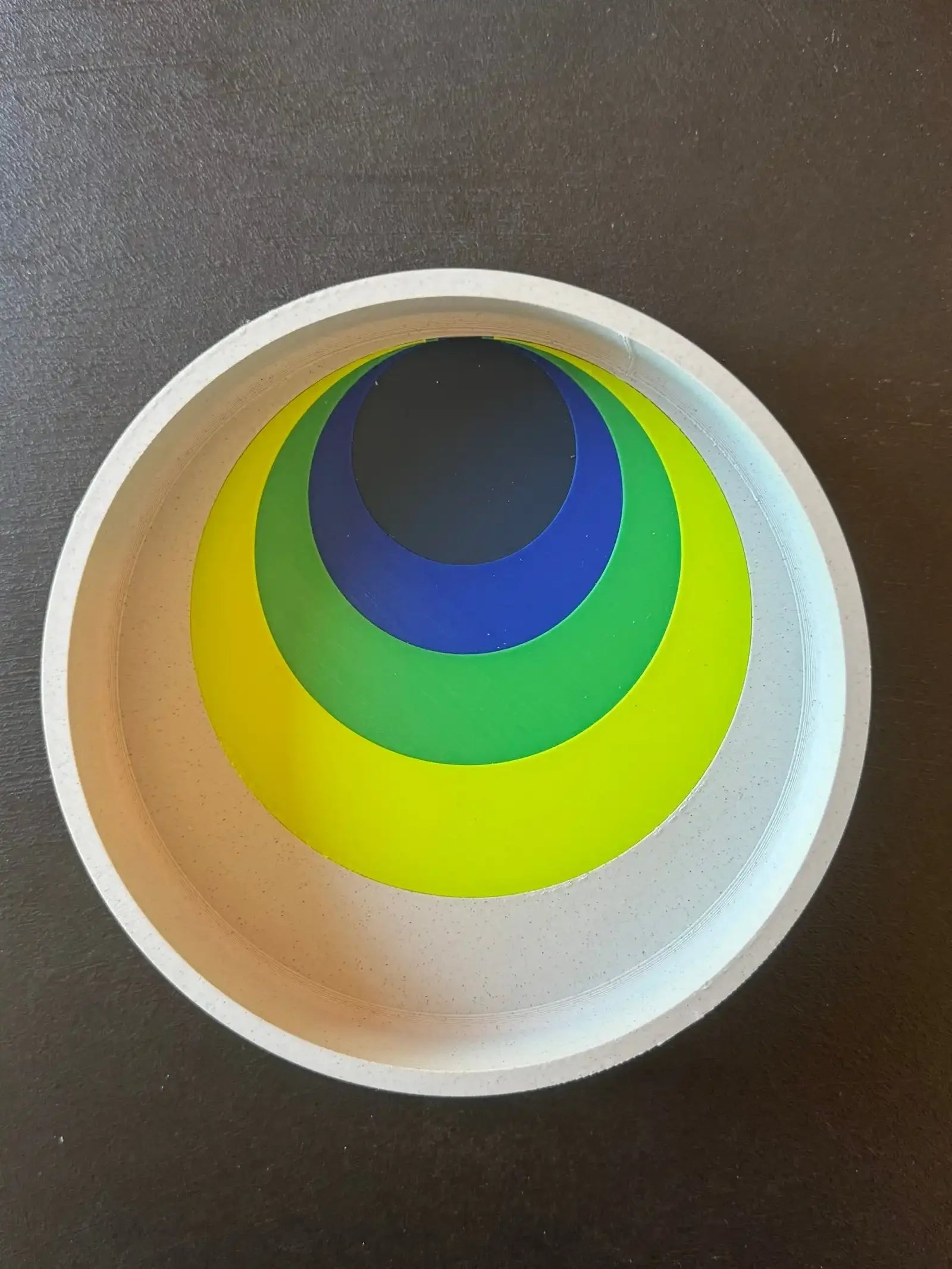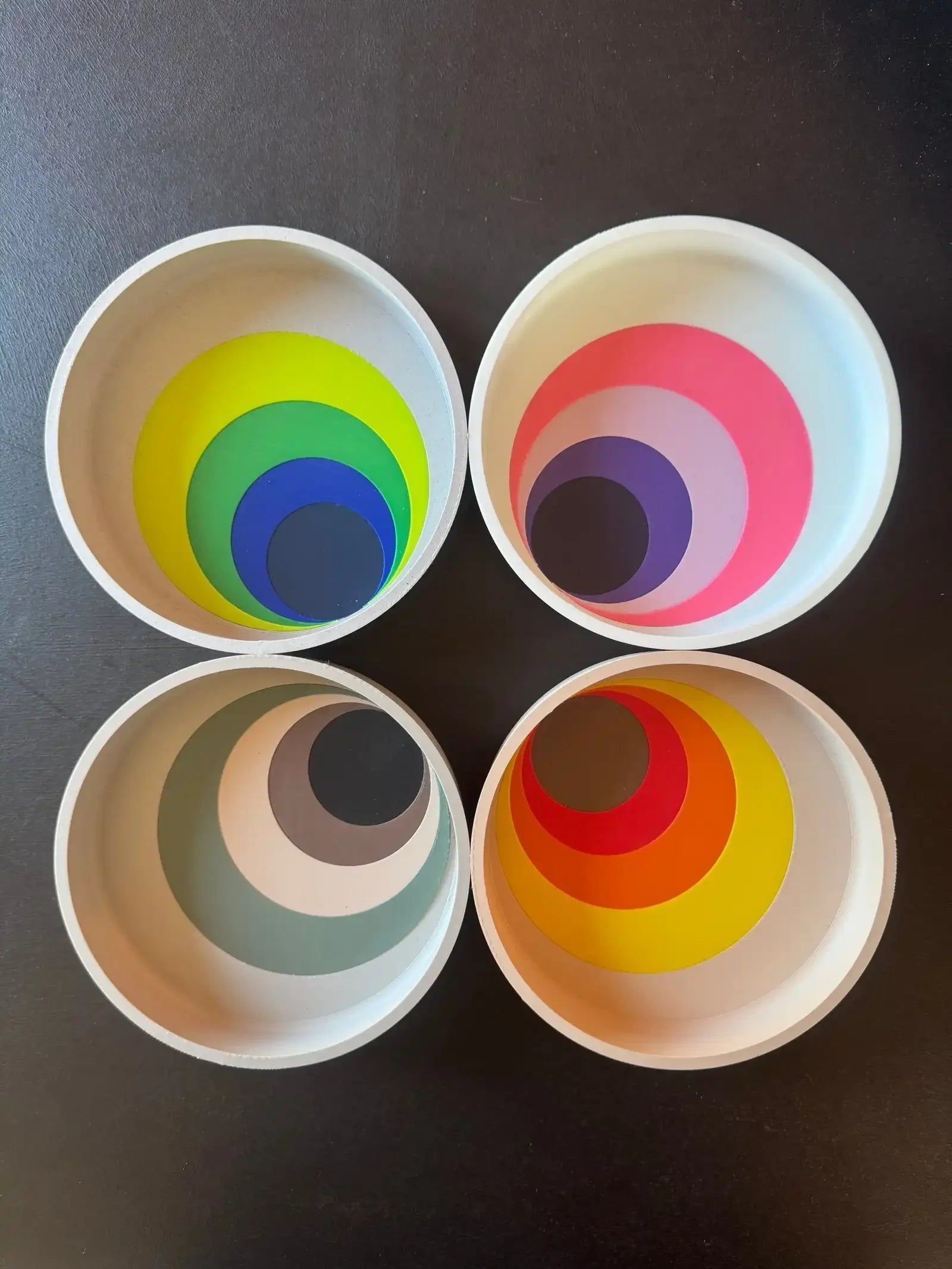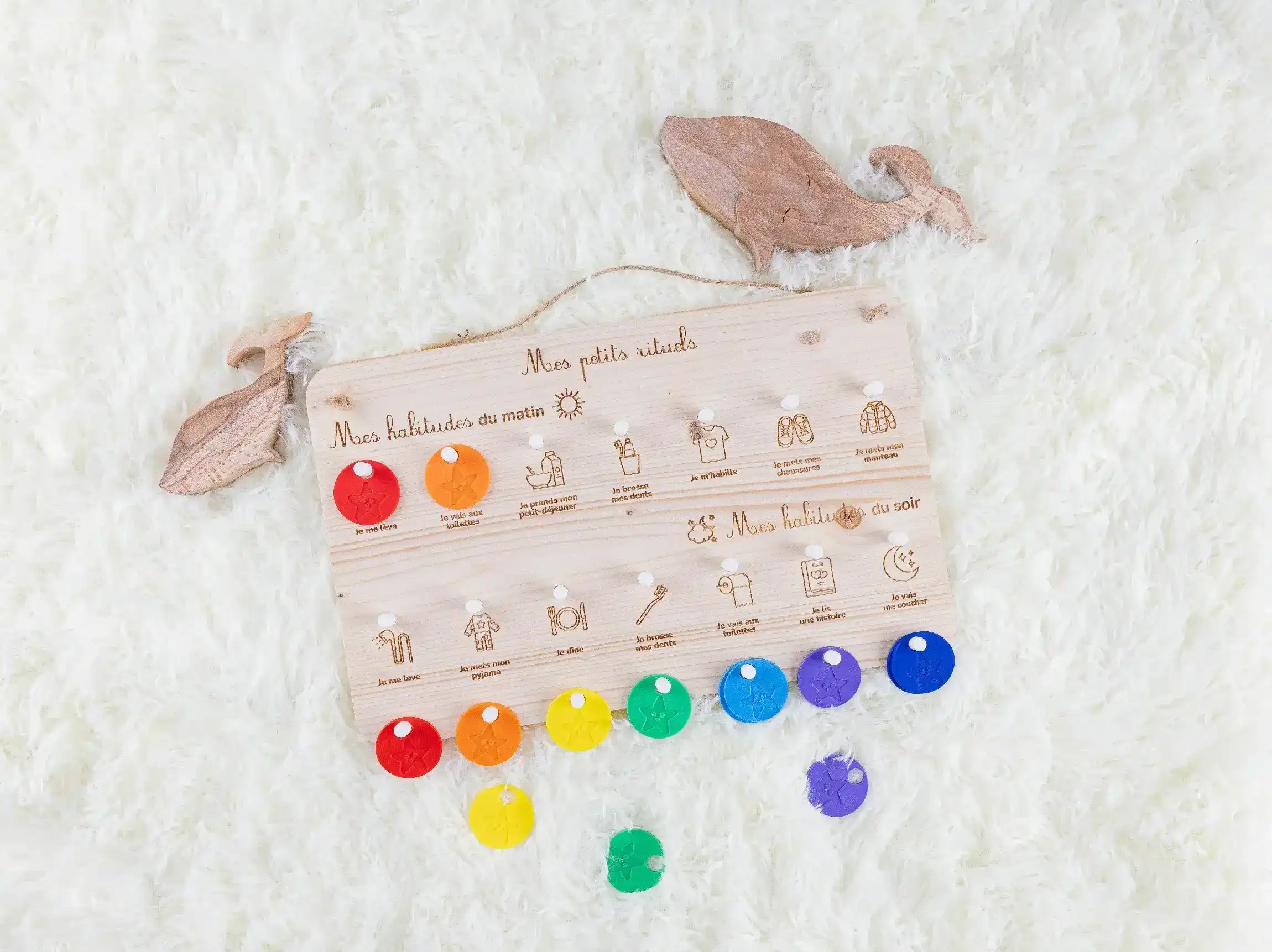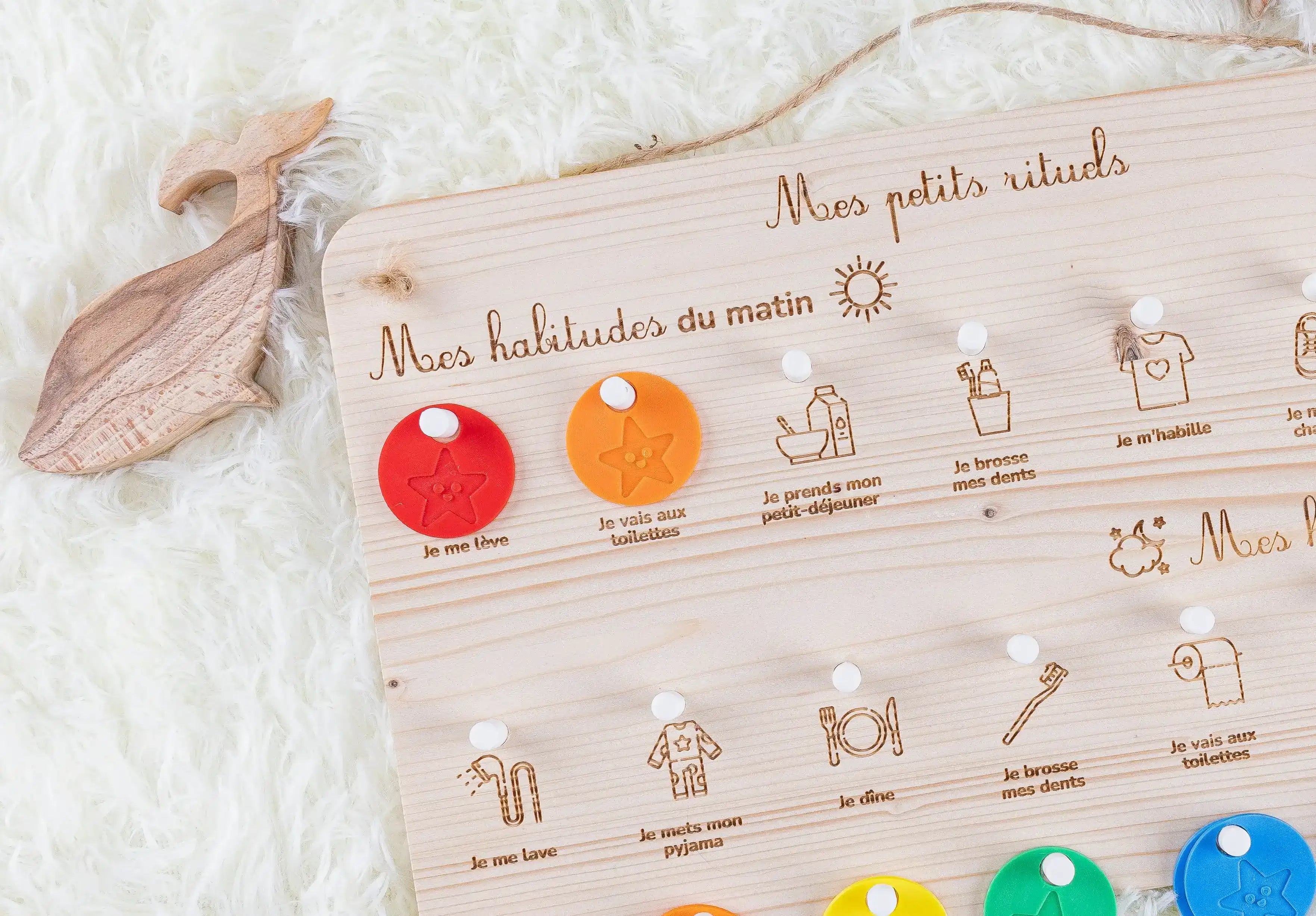PLA: An Eco-responsible and Sustainable Material for Your Everyday Objects
What is PLA?
PLAS, or polylactic acid, is a bioplastic made mainly from corn, manioc or beet starch. This material is entirely plant-based, which distinguishes it from traditional petroleum-based plastics. One of its greatest advantages is that it can be composted under the right conditions, making it an ideal choice for those wishing to reduce their environmental impact. PLA is not only planet-friendly, it's also safe for everyday use.
Why Choose PLA for Your Objects
A Commitment to the Environment
The advantage of PLA is that it is biodegradable, provided it is composted in industrial facilities. By using it, we are helping to limit the accumulation of plastic waste in our environment, a major problem in our modern world. Opting for PLA means choosing to play an active part in an ecological approach.
A Safe Material for the Whole Family
PLAS is also renowned for its safety. Non-toxic and free from chemical residues, it's ideal for home and children's products. At Lucine & Bastien, we work with PLA to ensure long-lasting, high-quality products, perfect for beautifying your home while minimising environmental impact.
PLA Products For Every Moment
With our PLA range, you'll find products designed to meet your everyday needs while respecting the planet. Whether for storage, decoration or personal objects, every PLA creation is one step closer to a more sustainable future. By choosing objects made from PLA, you are making an ethical and committed choice.
How to Recycle PLA?
Although PLA is biodegradable, it needs specific conditions to break down, such as those found in industrial composting facilities. It's important to find out about collection and composting points in your area to give your end-of-life PLA products a second life.
